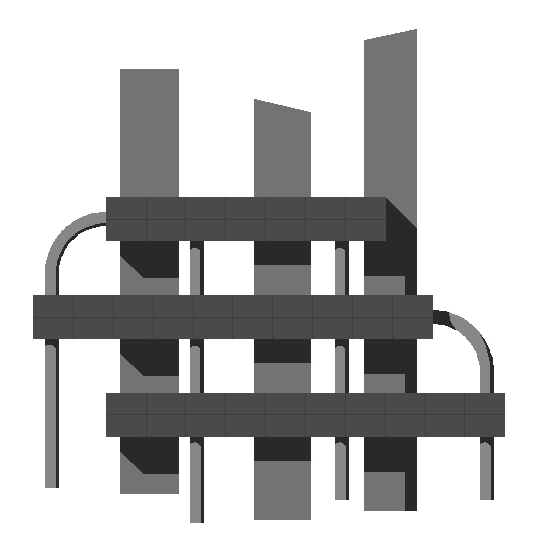|
Docente/i:
Maurizio Bozzi
Denominazione del corso: Antennas and propagation
Codice del corso: 504999
Corso di laurea: Electronic Engineering
Sede: Pavia
Settore scientifico disciplinare: ING-INF/02
L'insegnamento è caratterizzante per: Electronic Engineering
Crediti formativi: CFU 9
Sito web del corso: http://microwave.unipv.it/pages/ap.html
Obiettivi formativi specifici
The aim of the course is to provide students with the essential elements for the design of radio links, both by introducing the basic parameters that characterize transmitting and receiving antennas and by discussing major phenomena of interaction between electromagnetic radiation and the environment
The first part of the course aims to introduce the fundamental principles of antenna theory and to present, in a unified manner, the analysis, design, and measurements of antennas. The most common antenna configurations are introduced, such as linear dipoles, loops, arrays, horn antennas, microstrip antennas, and reflector antennas. Moreover, the basic concepts of integrated antennas, antennas for mobile communications and RFID systems and ultrawide-band (UWB) applications are presented. Fundamentals of antenna measurements are briefly discussed. Furthermore, the course provides information on the most common simulation tools for the antenna analysis and design. A number of hours of practical classes will be spent to this end: during these hours, students can design simple antenna structures, by using dedicated software tools.
The second part of the course aims to provide simple models of the major phenomena of interaction between radio wave propagation and environment, in order to evaluate the signal to noise ratio in a radio link.
The course will be taught in English.
Programma del corso
Part 1: ANTENNAS
Basic concepts
Transmitting antennas: radiation pattern, input parameters, radiation efficiency, directivity, gain, bandwidth, polarization of the radiated field. Receiving antennas: reciprocity, effective area, polarization loss, antenna noise temperature.
Simple radiators
Dipoles, loops, slots, patches, open ended waveguides, horn antennas.
Aperture-type antennas
Parabolic reflector antennas, aperture efficiency: illumination-, polarization-, phase-, blockage-, spillover-, surface tolerances- and losses-efficiency. Cassegrain and Gregorian antenna systems, offset reflector antennas.
Arrays
Array factor, mutual coupling, feeding networks, synthesis of the radiation pattern of uniform linear arrays, uniform two-dimensional planar arrays and the infinite array model.
Other types of antennas
Travelling-wave antennas, leaky-wave antennas, integrated antennas, smart antennas, antennas for RFID systems and UWB antennas.
Antenna measurements
Measurement of gain and radiation pattern. Open space and anechoic chamber. Near-field and far-field measurement.
Part 2: PROPAGATION
Basic concepts
Effect of terrain and atmosphere on radio wave propagation. Antennas on flat Earth and spherical Earth. Surface waves, obstacle diffraction, and ionospheric reflection. Coverage diagrams.
Ionospheric propagation
Ionospheric propagation. Effect of Earth’s magnetic field. Faraday rotation. Minimum skip distance and maximum usable frequency.
Atmospheric propagation
Attenuation by rain, fog, snow and ice, and atmospheric gases. Scattering by rain. Tropospheric scatter propagation. Atmospheric ducts and nonstandard refraction.
Prerequisiti
The course requires students to know the electromagnetic radiation theory, the geometrical optics and the theory and techniques for the analysis of high frequency circuits.
Tipologia delle attività formative
Lezioni (ore/anno in aula): 58
Esercitazioni (ore/anno in aula): 18
Attività pratiche (ore/anno in aula): 0
Materiale didattico consigliato
C. A. Balanis. Antenna Theory - Analysis and Design. John Wiley and Sons, Inc, 2005.
R.E. Collin. Antennas and radiowave propagation. McGraw-Hill, 1985.
Notes from the course instructor.
Modalità di verifica dell'apprendimento
The final test consists on a oral examination. Each student can present a simple antenna design, implemented by the tools introduced during the practical classes, as a basis for the examination discussion.
|




![]()




![]()